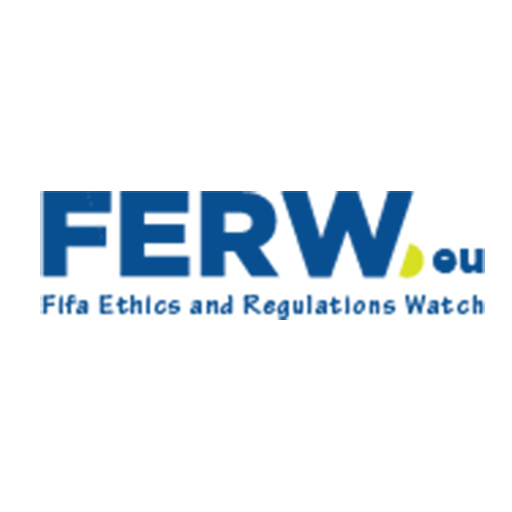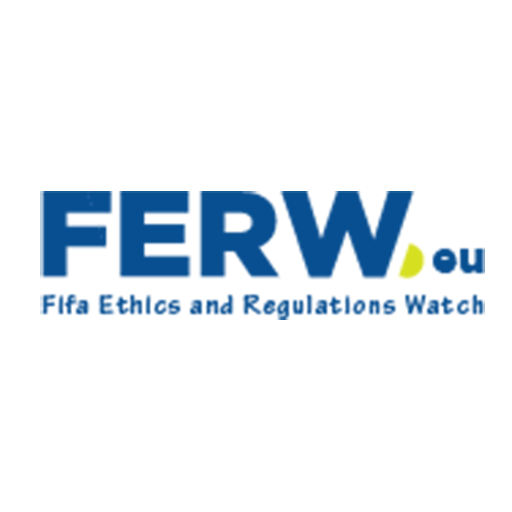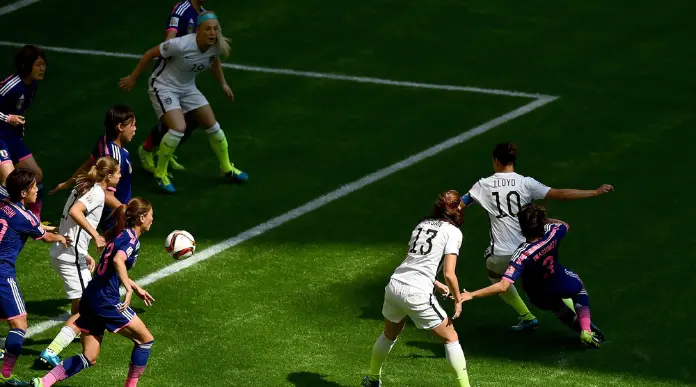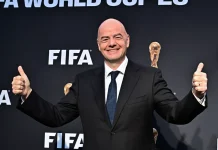The global push for gender equality has found a powerful front line in women’s football. Despite high-profile achievements such as the expanded 2023 FIFA Women’s World Cup and a threefold increase in prize money, female footballers remain far from parity with their male counterparts. With glaring discrepancies in pay, sponsorship, infrastructure, and leadership representation, the fight between women footballers and FIFA continues to expose the deeper inequalities entrenched in the sport.
This article analyzes the latest developments, highlighting both milestones and persisting gaps as women athletes demand equal treatment and recognition from football’s governing body.
FIFA Women’s World Cup 2023: Progress in Prize Money, Yet Disparities Remain
Substantial Increase, But Not Equal
The 2023 Women’s World Cup marked a significant step forward in terms of financial recognition. FIFA increased the tournament’s total prize pool to $110 million, a sharp rise from $30 million in 2019. The move coincided with an expansion of the tournament to 32 teams, mirroring the men’s format.
However, despite this growth, the women’s prize fund still lags dramatically behind the men’s. The 2022 Men’s World Cup awarded $440 million, meaning the women’s payout remains just 25% of the men’s total. More troubling is the fact that the absolute prize money gap widened, growing from $33 million to $34 million between the last two cycles.
FIFA’s President Gianni Infantino has committed to achieving prize money parity by 2027, but critics argue the pace of reform is too slow given FIFA’s $4 billion reserves and $11 billion revenue projections.
Direct Payments: A Win for Transparency and Fairness
First-Time Player Guarantees
For the first time in FIFA’s history, players at the Women’s World Cup received guaranteed direct payments. Each participant earned at least $30,000, while champions received $270,000. This reform was vital in ensuring national federations could not intercept or delay payments meant for athletes.
FIFPRO, the global union representing football players, hailed the new distribution model as a major step toward fair compensation. In total, $48.99 million (45% of the prize fund) went directly to players.
A Response to Longstanding Issues
This model responded to previous concerns that federations, especially in less transparent systems, withheld earnings or failed to distribute rewards fairly. David Aganzo, FIFPRO President, described the payment structure as a “landmark achievement,” but emphasized that “it’s only the beginning of a much-needed transformation.”
Equal Tournament Conditions: A Result of Collective Action
Matching Men’s Standards
Beyond financial gains, FIFA took measures to ensure equal treatment in logistics and infrastructure. Conditions for women’s teams at the 2023 tournament—accommodation, travel, delegation sizes, and base camps—were standardized to match the men’s 2022 Qatar World Cup.
This was not a goodwill gesture, but the result of the largest collective bargaining effort in women’s football history, involving over 150 players across 25 nations. Coordinated by FIFPRO and its member unions, the campaign was instrumental in achieving parity in tournament conditions.
A Step, Not the Destination
While these changes represented visible progress, enforcement remains inconsistent. FIFA can recommend—but not mandate—that national associations distribute earnings or adhere to equality standards. Players and advocates continue to call for binding regulations to ensure lasting fairness.
Financial and Structural Challenges Off the Global Stage
Wage Inequality and League Viability
Outside the World Cup spotlight, most women footballers face unsustainable career paths. According to FIFA’s 2025 Women’s Football Report:
- The average global salary for female players is $10,900 annually.
- In top-tier teams, the average rises to $24,030, still below a living wage in many regions.
- By contrast, male professionals often earn 10 to 100 times more.
Women’s leagues continue to struggle with financial sustainability:
- Top-tier leagues generate an average of $4.4 million in revenue but incur $7.6 million in expenses.
- Lower-tier leagues operate at deeper losses, earning $76,000 against $182,000 in expenses.
Underrepresentation in Leadership
Only 22% of women’s clubs employ female head coaches, underlining gender disparities in leadership roles. Without inclusive hiring and promotion policies, opportunities for women to lead and shape the sport remain limited.
The Broader Gender Pay Gap in Football
Systemic Barriers and Social Reflection
Pay disparities in football mirror wider societal inequalities. Women athletes receive less media coverage, fewer sponsorship deals, and face limited professional contracts. This not only reduces income but hinders long-term visibility and influence.
Although FIFA has pledged to invest $1 billion into women’s football over four years, critics argue the commitment is disproportionate when weighed against its resources and the challenges faced by women athletes.
Institutional and Cultural Resistance
FIFA’s lack of enforcement power over national federations, combined with entrenched gender norms, slows systemic change. As Lise Klaveness, a prominent football administrator, has noted, “Respect is not about promises. It’s about enforcement, accountability, and equity.”
Voices of Change: Key Stakeholder Perspectives
- Gianni Infantino, FIFA President: “The new prize money model is a huge investment and a real step forward. But we recognize much more must be done.”
- David Aganzo, FIFPRO President: “This milestone represents fairness in action—but it’s only the start.”
- Lise Klaveness, Football Official: “Until federations are held accountable, words are not enough.”
The Road Ahead in the Fight for Equality
The progress achieved in 2023 is undeniable: higher prize money, direct player payments, and equal tournament conditions. These victories are testament to the power of collective action, international advocacy, and persistent pressure on institutions like FIFA.
However, the battle is far from over. The prize gap remains wide, average wages are unsustainable, and structural inequities persist at nearly every level of the sport. Without enforceable standards and increased investment, these gains may be symbolic rather than transformative.
For women footballers, the demand is clear: equal pay, equal respect, and equal opportunity. Achieving that will require continued momentum from players, governing bodies, sponsors, and fans alike—until parity is not just promised, but practiced.













